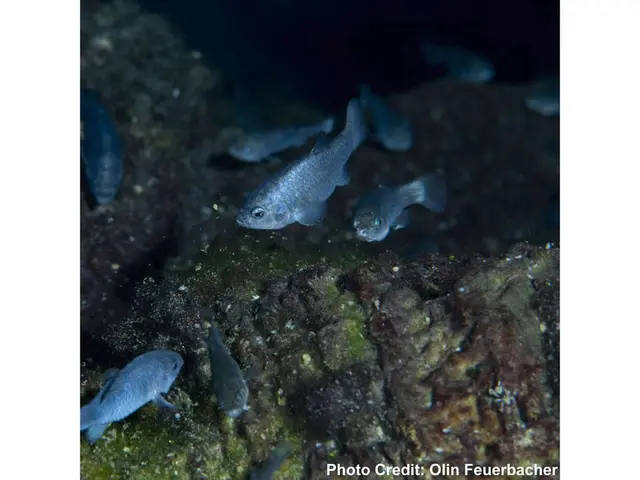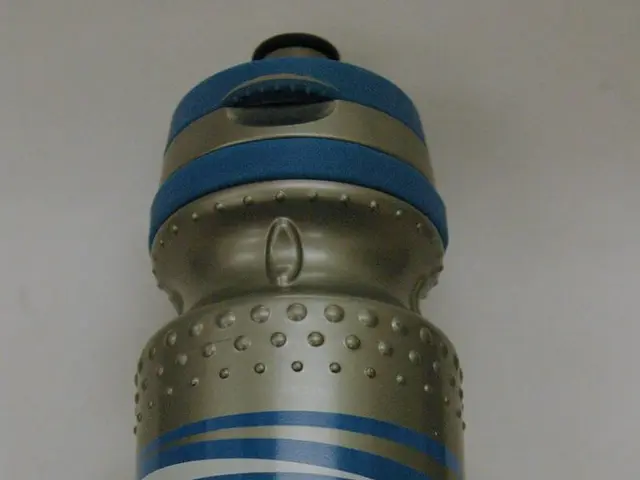Cleveland's ambitions to combat climate change might face a challenge from a steel plant that burns coal.
In a recent report by Industrious Labs, it has been stated that the Blast Furnace #6 at the Cleveland-Cliffs steelmaking facility complicates Cleveland's effort to achieve net-zero emissions by 2050. The facility, which is the largest single source of planet-warming pollution in the city, emits approximately 4.2 million metric tons of greenhouse gases annually.
The report suggests that replacing the infrastructure of Blast Furnace #6 with direct reduction technology could provide an opportunity to reduce emissions significantly. Direct reduction is a technology that processes iron ore with natural gas or hydrogen instead of coal, as is currently the case in the furnace.
Industrious Labs proposes that this change could cut the plant's greenhouse gas emissions by more than 30% if natural gas is used. Moreover, using green hydrogen for direct reduction could slash emissions even more, according to the report.
However, the company chose to reline Blast Furnace #5 at the Cleveland facility in 2022 instead of implementing direct reduction technology. The lining of Blast Furnace #6 is nearing the end of its useful life, and some experts believe that action on the facility is necessary for Cleveland to achieve its climate goals.
Hilary Lewis, steel director for Industrious Labs, shares this view. She believes that the company's hydrogen supply concern is a weak excuse, as other companies' hydrogen production would have ramped up to supply the facility.
The Trump administration's reneging on funding commitments for clean energy projects, including ones for green hydrogen production, has also affected Cliffs' plans. This is a significant setback, given that the company was set to further reduce emissions through projects supported by Biden-era legislation - the Inflation Reduction Act and the 2021 infrastructure law.
Despite this, Cliffs' progress in reducing its nationwide emissions earned it recognition as a 2023 Goal Achiever in the Department of Energy's Better Climate Challenge. However, the continued use of Blast Furnace #6 poses a challenge to this achievement and Cleveland's climate goals.
Cleveland ranks as the country's fifth-worst city for people with asthma, according to the Asthma and Allergy Foundation of America, due to pollution from facilities like Cleveland Works. As such, it is crucial for the city and the company to address the emissions issue at the facility to improve air quality and contribute to a healthier environment for its residents.
In conclusion, the Blast Furnace #6 at the Cleveland-Cliffs steelmaking facility is a significant contributor to Cleveland's greenhouse gas emissions and air pollution. Replacing the infrastructure with direct reduction technology could provide a viable solution to reduce emissions significantly. The company's hydrogen supply concerns and the Trump administration's lack of funding for clean energy projects have hindered the implementation of this technology, but it is crucial for the city and the company to address this issue to achieve their climate goals and improve air quality for Cleveland residents.
Read also:
- Two farmers in Zambia take legal action against two firms with Chinese connections, alleging an ecological disaster caused by their operations.
- Deepening EU-India relations despite apprehensions regarding Moscow connections
- Ongoing Transition Towards Cleanliness
- Meeting for lunch with Mr. Energy Transition: Rainer Baake returns to Berlin







